Missing Person Photos
A missing person is a person who has disappeared and whose status as alive or dead cannot be confirmed as their location and condition are unknown. A person may go missing through a voluntary disappearance, or else due to an accident, crime, death in a location where they cannot be found (such as at sea), or many other reasons. In most parts of the world, a missing person will usually be found quickly. While criminal abductions are some of the most widely reported missing person cases, these account for only 2 to 5 percent of missing children in Europe.
By contrast, some missing person cases remain unresolved for many years. Laws related to these cases are often complex since, in many jurisdictions, relatives and third parties may not deal with a person's assets until their death is considered proven by law and a formal death certificate issued. The situation, uncertainties, and lack of closure or a funeral resulting when a person goes missing may be extremely painful with long-lasting effects on family and friends.
A number of organizations seek to connect, share best practices, and disseminate information and images of missing children to improve the effectiveness of missing children investigations, including the International Commission on Missing Persons, the International Centre for Missing & Exploited Children (ICMEC), as well as national organizations, including the National Center for Missing & Exploited Children in the US, Missing People in the UK, Child Focus in Belgium, and The Smile of the Child in Greece.

Resources for Missing Persons
According to current statistics, 4,000 people in the United States go missing every day.
Sometimes a child suddenly vanishes from the bus stop or the local park or even from their own yard or bedroom. Or a teenager doesn�t return home after a walk to the neighborhood grocery store or a bike ride or a party with friends.
Other times, an adult is mysteriously absent from their job or neighbors haven�t seen them for several days, and family and friends haven�t heard from them either.
Missing Person Photos
Relisha Tenau Rudd
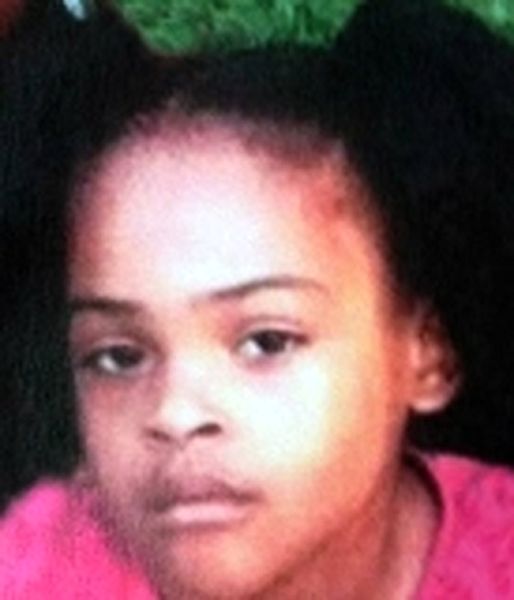
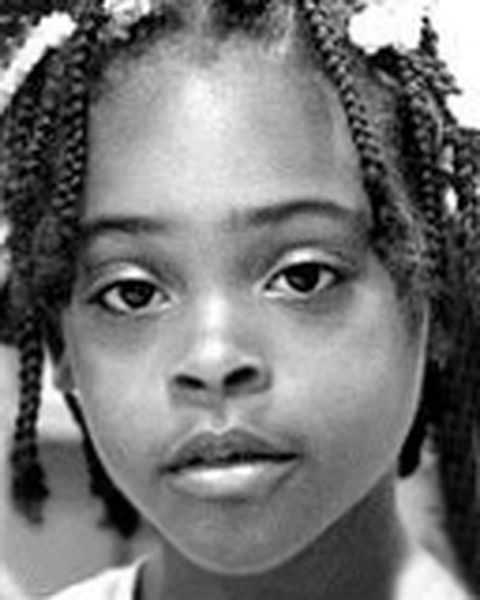
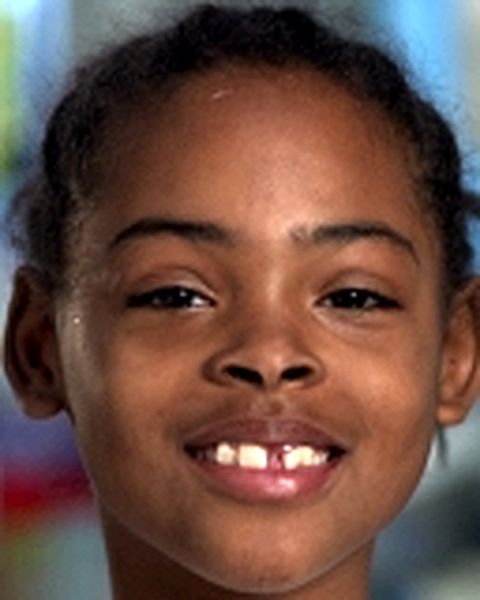
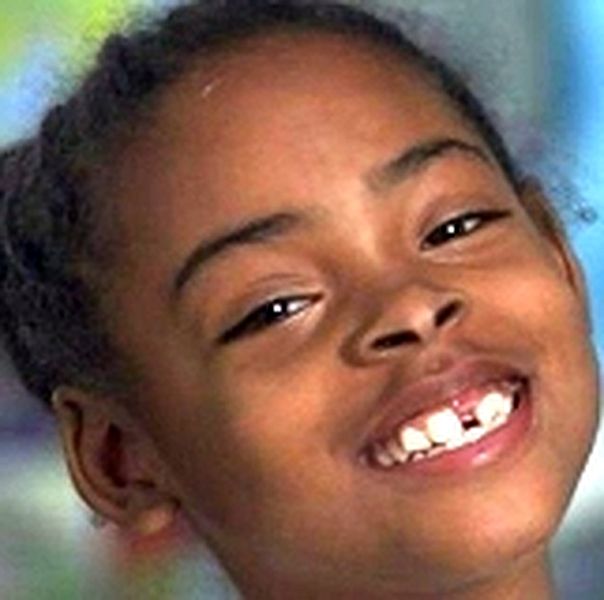

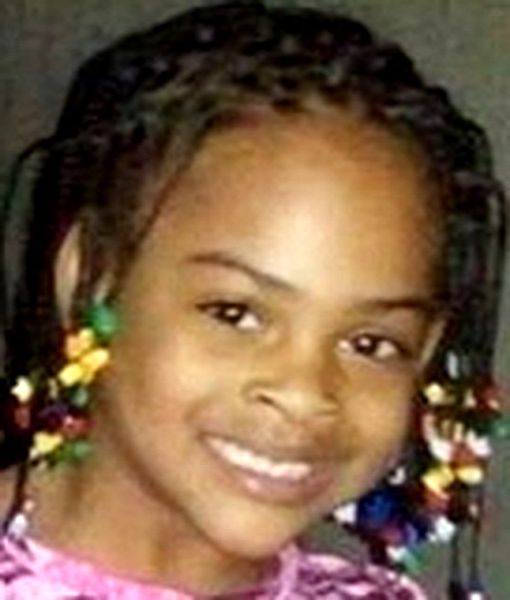
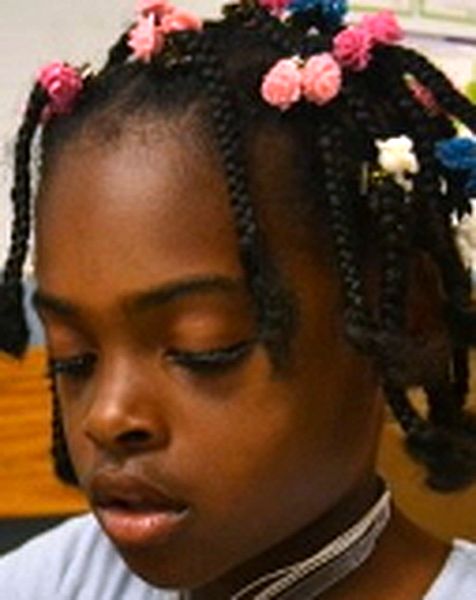



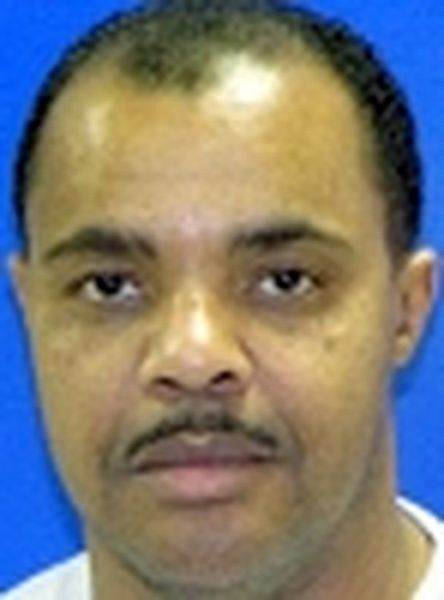

Relisha, date, approximate 2014; Age-progression to age 16 (date, approximate 2021); Kahlil Tatum; Shamika Young
Date Missing 03/01/2014
Missing From
Washington D.C., Washington D.C.
Missing Classification Non-Family Abduction
Sex Female
Race
Black
Date of Birth 10/29/2005 (16)
Age 8 years old
Height and Weight 4'0, 80 pounds
Clothing/Jewelry Description Possibly a purple Helly Hansen winter jacket and pink boots.
Medical Conditions Relisha may be in need of medication for unspecified reasons.
Markings and/or Distinguishing Characteristics African-American female. Black hair, brown eyes. Some agencies spell Relisha's middle name "Tinau." Her nickname is Li'l Mama.
Details of Disappearance Relisha was last seen in Washington D.C. in March 2014. She was in the care of Kahlil Malik Tatum at the time.
For over a year Relisha's family had been residing in a homeless shelter in the former D.C. General Hospital; it's the largest shelter in the district, housing hundreds of families and as many as 600 children. Tatum worked there as a janitor; a photo of him is posted with this summary.
He befriended Relisha's family, which included her mother and three younger brothers. He offered gifts to Relisha, including a tablet and a manicure, and spent time alone with her. Relisha called him her "God-daddy."
He also had contact with other young girls living at the shelter and offered them gifts of money, although he never interacted with young boys. The shelter had a strict no-fraternization rule for their employees and they were supposed to terminate anyone who broke it, but Tatum wasn't disciplined for his actions.
In late February, Relisha's mother, Shamika Young, asked Tatum to care for her. She later said she wanted Relisha to be able to escape the conditions at the shelter, which was filthy, chaotic, crime-ridden, infested with vermin and had no playground. A photo of Young is posted with this summary.
On March 19, social workers came to the shelter to talk to Young about Relisha's absences from Payne Elementary School, where she was a second-grader. She had missed over 30 days by that time, but many of the absences had been excused because Young told the school Relisha was under the care of "Dr. Tatum."
On February 25, the day Young placed Relisha in Tatum's care, she accumulated her fifth unexcused absence, and the staff at Payne scheduled a parent-teacher conference for March 5. Young did attend the conference and they told her about support services to ensure Relisha's attendance at school. When she did show up for class she was considered a quiet and well-behaved student.
There were reports that Relisha was at school on March 5 and March 7, but the last confirmed sighting of her is March 1.
On March 10, school officials called Tatum and told him he had to provide a medical reason and documentation for Relisha's continued absences. Tatum said he was treating her for neurological problems and he was going to discharge her by the end of the next week. Relisha accumulated a further five unexcused absences from school, although her younger brothers continued to attend.
On March 13, she reached her tenth unexcused absence. As was required by law, the school reported the family to the Children and Family Services Agency (CFSA) for educational neglect. CFSA didn't consider it a high priority , however, and it wasn't until March 19 that a CFSA social worker called Tatum and arranged to meet with him later in the day.
He didn't show up for the meeting; he had left the shelter hurriedly earlier that day, before the end of his shift. The social worker learned he was not really a doctor, and called a child abuse hotline and the police.
When the authorities asked Young where her daughter was, Young stated Relisha and "Dr. Tatum" were at a medical conference in the Atlanta, Georgia area. She said they'd left March 8 and she didn't know when they would be back, but that she'd talked to her as recently as March 17.
Calls to Tatum's cellular phone went directly to voice mail. One of Young's relatives went to his apartment on Hayes Street to see if Relisha was there, but no one was home. Young didn't want to file a police report, saying Relisha was "safe," but the police began a missing persons investigation.
Investigators believe Tatum shot his wife to death that night or early the next morning. They had been in the process of a divorce. Her body was found in a motel room in Oxon Hill, Maryland; Tatum and Relisha were both gone. Authorities began searching for them both in earnest, as they believed Relisha was in danger.
Tatum was already wanted on a charge of car theft, and after his wife's body was found he was additionally charged with murder. He had been arrested multiple times before for breaking and entering, but his only prior felony conviction had been for larceny, decades earlier.
Police learned that on March 1, Tatum bought a box of 42-gallon trash bags and some lime, which can be used to speed up decomposition. They stated they believed he had murdered the child.
On March 31, police found Tatum's body at Kenilworth Park and Aquatic Gardens. He had shot himself with the same gun used to kill his wife. There was still no sign of Relisha and the police stopped searching the park a few days later.
Lawmakers and the public criticized CFSA for failing to act sooner on Relisha's school absences and failing to remove her and her siblings from an abusive situation.
The agency had first had contact with Young when Relisha was a year old, and CFSA workers learned Young's children weren't being fed adequately, their home environment was filthy and Relisha may have been physically abused. In 2010, social workers further discovered that Young had medically neglected one of her children and that she left them unsupervised in "environmentally unsafe conditions."
Young had herself grown up in the foster care system from the age of nine, as her father was not part of her life and her mother had a substance abuse problem. She has been diagnosed with a mild mental disability and spent time in a psychiatric residential treatment facility as an adolescent.
The complaints against Young prior to Relisha's disappearance were all eventually dropped and her children weren't removed from her custody until after Relisha disappeared. Relisha's brothers were then placed in foster care with a goal of eventually reuniting them with their parents.
Young's current boyfriend is the father of the two younger boys. Another man, Irving Rudd, is the father of Relisha and her oldest brother. In 2012 he filed for sole custody of his two children, but he has only been allowed visitation. (Irving was convicted of involuntary manslaughter in 1992 and sentenced to fifteen years in prison. The victim in that was his own seventeen-month-old daughter. He was released in 2002 and was not rearrested.)
Young was investigated by a grand jury for possible obstruction of justice charges because of her inconsistent statements about her daughter's whereabouts, but in the end no indictments were issued.
The city of Washington investigated the events that led to Relisha's disappearance and concluded there was nothing more that either CFSA or Payne Elementary School could have reasonably done, and "no justifiable government actions would have prevented Relisha's tragic disappearance."
She remains missing and many authorities involved in the search for her believe she is dead.
The Washington D.C. city council voted to close the D.C. General Hospital shelter by 2018 and create eight smaller shelters to replace it. The shelter did not close until 2019, however, and several of the replacement shelters have not been opened yet.
Investigating Agency
Metropolitan Police Department
202-265-9100
Other
The National Center for Missing and Exploited Children
Federal Bureau of Investigation
The Washington Post
NBC Washington
Facebook Page for Relisha Rudd
Missing Person Photos
A missing person is a person who has disappeared and whose status as alive or dead cannot be confirmed as their location and condition are unknown. A person may go missing through a voluntary disappearance, or else due to an accident, crime, death in a location where they cannot be found (such as at sea), or many other reasons. In most parts of the world, a missing person will usually be found quickly. While criminal abductions are some of the most widely reported missing person cases, these account for only 2 to 5 percent of missing children in Europe.
By contrast, some missing person cases remain unresolved for many years. Laws related to these cases are often complex since, in many jurisdictions, relatives and third parties may not deal with a person's assets until their death is considered proven by law and a formal death certificate issued. The situation, uncertainties, and lack of closure or a funeral resulting when a person goes missing may be extremely painful with long-lasting effects on family and friends.
A number of organizations seek to connect, share best practices, and disseminate information and images of missing children to improve the effectiveness of missing children investigations, including the International Commission on Missing Persons, the International Centre for Missing & Exploited Children (ICMEC), as well as national organizations, including the National Center for Missing & Exploited Children in the US, Missing People in the UK, Child Focus in Belgium, and The Smile of the Child in Greece.

Resources for Missing Persons
According to current statistics, 4,000 people in the United States go missing every day.
Sometimes a child suddenly vanishes from the bus stop or the local park or even from their own yard or bedroom. Or a teenager doesn�t return home after a walk to the neighborhood grocery store or a bike ride or a party with friends.
Other times, an adult is mysteriously absent from their job or neighbors haven�t seen them for several days, and family and friends haven�t heard from them either.
Missing Person Photos